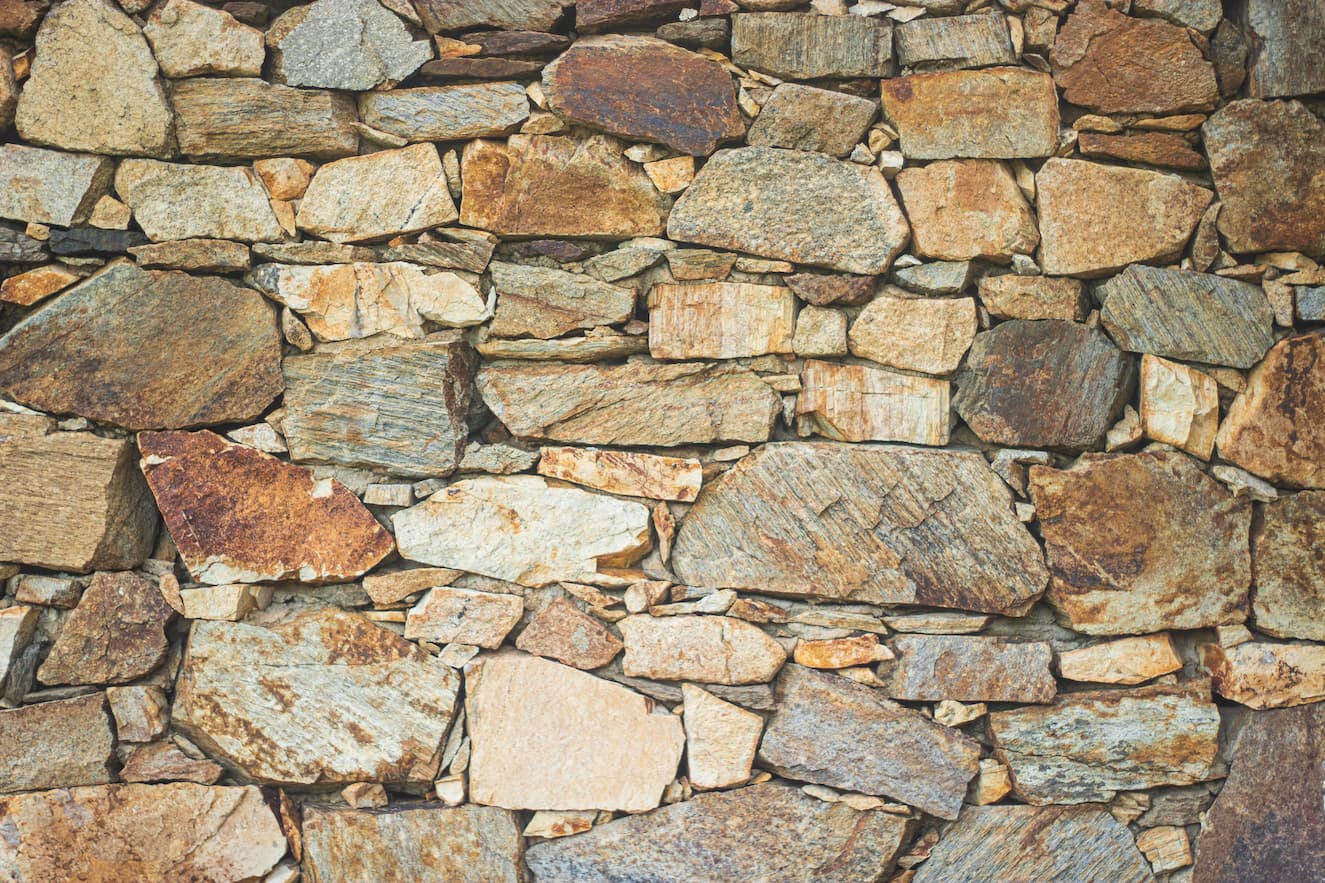In an era of mass-produced surfaces and synthetic alternatives, natural stone offers something increasingly rare: genuine uniqueness. Each slab tells a geological story millions of years in the making, creating patterns and colorations that no factory can replicate. Yet beyond the familiar marble and granite lies a world of extraordinary stone varieties that can transform luxury interiors from beautiful to breathtaking.
Beyond Carrara: Discovering Stone’s Hidden Treasures
While Carrara marble and Calacatta gold remain classics for good reason, the world of natural stone extends far beyond these well-known varieties. Quarries across the globe yield materials with characteristics so distinctive they can define entire design schemes, creating spaces that feel both timeless and utterly contemporary.
The key to exceptional stone selection lies in understanding each material’s unique properties—not just its appearance, but its structural characteristics, mineral composition, and geological origins. These factors determine not only where and how stone can be used, but also how it will age and perform over decades of service.
Azul Bahia: Brazil’s Electric Blue Marvel This extraordinary granite showcases nature’s ability to create the seemingly impossible. Deep blue crystals create an almost electric intensity that transforms under different lighting conditions. Azul Bahia works spectacularly as feature walls in powder rooms or bar fronts where its dramatic coloration can be appreciated without overwhelming the space.
The stone’s extreme hardness makes it suitable for high-wear applications, while its distinctive appearance means a little goes a long way. Consider using Azul Bahia as accent pieces—perhaps a single feature wall or custom vanity top—where its intensity creates impact without domination.
Sodalite: The Philosopher’s Stone Rich blue sodalite, often veined with white calcite, brings depth and contemplation to interior spaces. This material works particularly well in studies, libraries, or meditation spaces where its deep, complex coloration encourages reflection and focus.
Sodalite’s relative softness limits its applications but opens creative possibilities. Consider it for decorative elements, feature walls, or custom furniture pieces where its stunning appearance can be showcased without exposing it to heavy wear.
Labradorite: Nature’s Light Show Perhaps no stone captures light quite like labradorite. This feldspar mineral displays labradorescence—flashes of blue, green, gold, and orange that seem to glow from within the stone itself. The effect is so striking that labradorite surfaces can serve as both material and artwork.
Use labradorite sparingly but strategically. A labradorite backsplash in a powder room creates daily moments of wonder, while labradorite cabinet fronts in a bar area provide conversation-starting drama.
Australian Treasures: Local Stones with Global Appeal
Australia’s ancient geology yields stones found nowhere else on earth. These materials offer unique opportunities to create interiors that celebrate local character while achieving international luxury standards.
Pilbara Granite: Industrial Strength, Natural Beauty From Western Australia’s iron-rich Pilbara region comes granite with distinctive rust-red colorations that reflect the landscape’s mineral wealth. This exceptionally hard stone can handle any interior application while providing warm, earthy tones that complement both traditional and contemporary design schemes.
Pilbara granite works beautifully in large format applications—kitchen islands, feature walls, or flooring—where its subtle color variations create visual interest without pattern repetition.
Kangaroo Island Limestone: Coastal Elegance This soft, creamy limestone from South Australia offers gentle coloration with subtle fossil inclusions that add textural interest. While too soft for high-wear applications, it excels in areas where its organic warmth can be appreciated—feature walls, fireplace surrounds, or bathroom vanities in powder rooms.
Queensland Sandstone: Strength and Character Queensland’s sandstone quarries produce materials ranging from pale cream to deep ochre, often with distinctive banding that creates natural artwork within each piece. This durable stone suits both interior and exterior applications, making it ideal for homes that blur indoor-outdoor boundaries.
The Exotic and Extraordinary
Some stones push the boundaries of what seems possible in natural materials, creating opportunities for truly unique design statements.
Purple Fluorite: Translucent Drama Fluorite’s natural translucency allows for backlit applications that create ethereal, jewel-like effects. While challenging to work with due to its crystalline structure, skilled fabricators can create stunning feature elements—perhaps a backlit bar front or decorative panel that glows with inner light.
Tiger’s Eye: Golden Movement This chatoyant quartz creates the illusion of movement as light catches its silky golden bands. Tiger’s eye works beautifully in smaller applications where its mesmerizing properties can be appreciated up close—perhaps as custom furniture inlays or decorative objects.
Petrified Wood: Time Made Tangible Technically stone rather than timber, petrified wood combines organic patterns with mineral durability. Each piece represents trees that lived millions of years ago, creating conversation pieces that bridge natural history and contemporary design.
Consider petrified wood for unique applications—custom sink basins, coffee table tops, or feature wall sections where its extraordinary origin story becomes part of the space’s narrative.
Technical Considerations for Exotic Materials
Working with unusual stones requires understanding their specific characteristics and limitations. Many exotic materials demand specialized fabrication techniques and may not suit standard applications.
Hardness and Workability The Mohs scale rates mineral hardness from 1 (talc) to 10 (diamond). While harder stones resist scratching and wear, they can be more challenging and expensive to fabricate. Softer stones like serpentine or soapstone work easily but require protection from damage in high-use areas.
Porosity and Absorption Some exotic stones are highly porous, requiring specialized sealers or limiting their applications to areas without water exposure. Understanding absorption rates helps determine appropriate uses and maintenance requirements.
Structural Integrity Natural fissures, crystal boundaries, and mineral variations can create weak points in exotic stones. Professional assessment ensures pieces are structurally sound for their intended applications.
Sourcing Strategies for Exceptional Materials
Finding truly exceptional stone materials requires building relationships with specialized suppliers who understand both geological rarity and design applications.
Direct Quarry Relationships The best exotic materials often come directly from quarries rather than through distributors. Building relationships with quarry operators allows access to premium blocks before they reach general markets.
International Sourcing Networks Many exceptional stones come from remote locations with limited distribution networks. Specialized importers who understand both geological sourcing and luxury market demands can provide access to materials unavailable through conventional channels.
Custom Fabrication Partnerships Exotic materials often require fabricators with specialized equipment and experience. Developing relationships with craftspeople who understand unusual stone characteristics ensures successful project outcomes.
Design Integration: Making Statements Without Overwhelm
Exotic stones possess such visual power that careful integration becomes crucial. The goal is creating impact without overwhelming the overall design scheme.
The Power of Restraint Often, the most effective use of extraordinary stone involves restraint. A single striking slab can anchor an entire space, providing drama while allowing other design elements to complement rather than compete.
Lighting Considerations Many exotic stones reveal their full beauty only under appropriate lighting. Plan illumination carefully to showcase translucency, chatoyance, or color-play that might disappear under standard lighting conditions.
Scale and Proportion Exotic materials often work best in specific scales. Busy patterns may overwhelm large surfaces, while subtle stones might disappear in small applications. Understanding each material’s optimal scale ensures maximum impact.
The Investment in Uniqueness
Exotic stone materials typically command premium pricing, but their rarity and visual impact can justify the investment in appropriate applications. Consider cost-per-visual-impact rather than simple square-meter pricing when evaluating exotic materials.
These materials also offer long-term value through their irreplaceable nature. Unlike manufactured products that can be replicated, natural stone slabs are genuinely one-of-a-kind, creating spaces that cannot be duplicated elsewhere.
Maintenance and Longevity
Many exotic stones require specialized maintenance approaches. Understanding care requirements before selection ensures long-term satisfaction with these investment pieces.
Some materials develop enhanced beauty with age and use, while others require protection to maintain their appearance. Factor maintenance requirements into both selection and placement decisions.
The Emotional Impact of Geological Time
Perhaps the greatest value of exotic stone materials lies in their emotional impact. These materials connect us to geological time scales that dwarf human experience, creating spaces that feel both ancient and timeless.
When guests encounter a wall of backlit fluorite or run their hands across petrified wood millions of years old, they experience something beyond mere decoration. These materials create moments of wonder that manufactured surfaces simply cannot replicate.
Sustainable Considerations
While natural stone extraction impacts the environment, many exotic materials come from smaller quarries with lower environmental footprints than mass-production operations. Some materials are even byproducts of mining operations targeting other minerals.
Consider the longevity factor in sustainability calculations. Materials that last centuries require fewer resources over their lifecycle than alternatives requiring regular replacement.
The world of exotic natural stone offers opportunities to create truly unique interiors that celebrate both geological wonder and design excellence. When sourced thoughtfully and integrated skillfully, these materials transform spaces from merely luxurious to genuinely extraordinary, creating environments that inspire daily appreciation for nature’s artistic achievements spanning millions of years.

